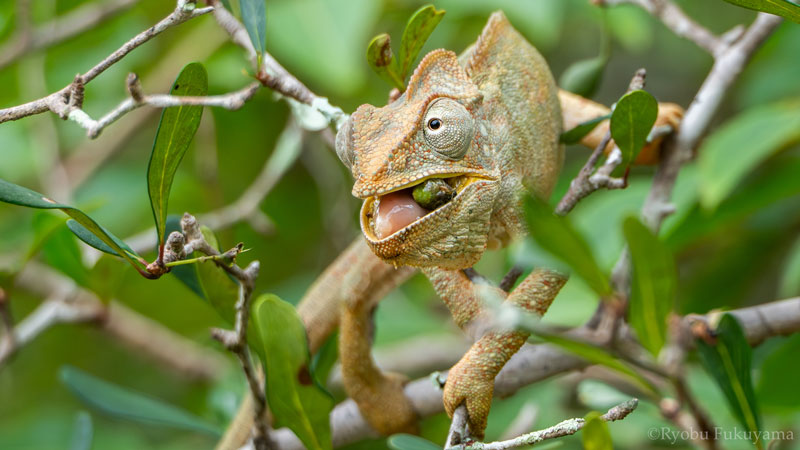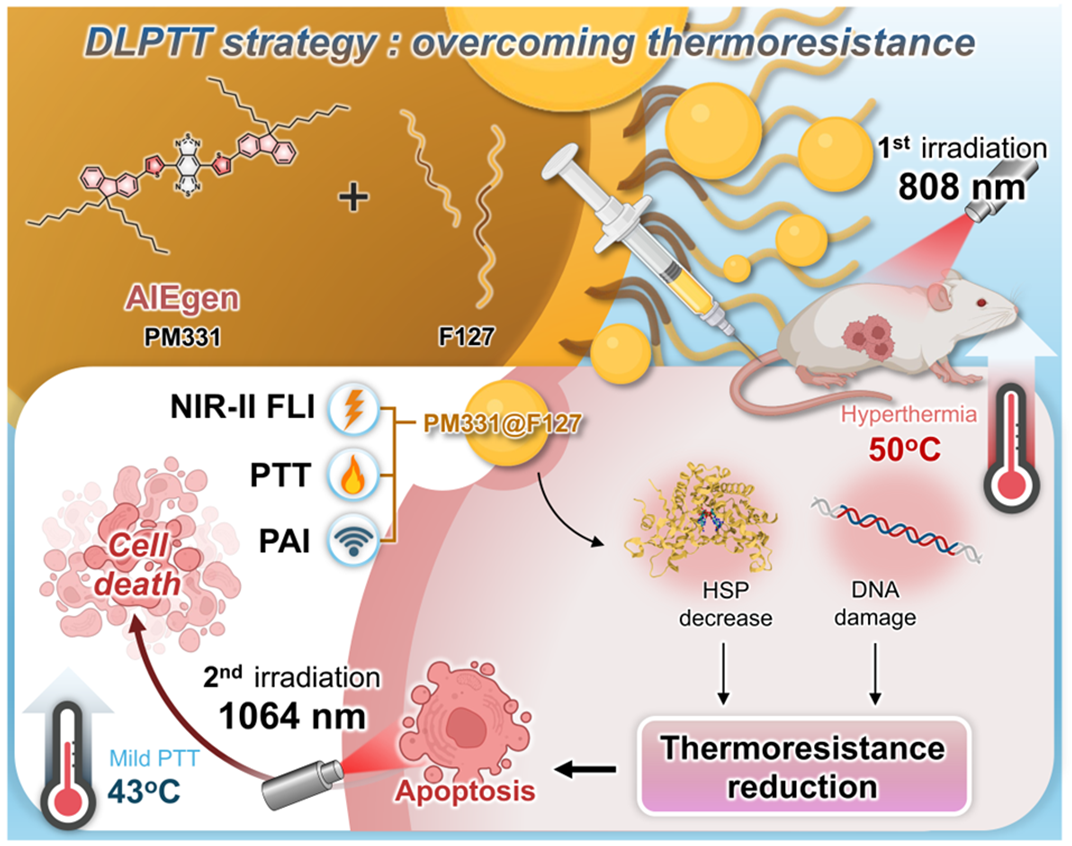2025-06-10 北海道大学
 水疱性類天疱瘡の水疱形成には好酸球カチオン性タンパク質(ECP)と好酸球由来神経毒(EDN)が関連する。
水疱性類天疱瘡の水疱形成には好酸球カチオン性タンパク質(ECP)と好酸球由来神経毒(EDN)が関連する。
<関連情報>
- https://www.hokudai.ac.jp/news/2025/06/post-1911.html
- https://www.hokudai.ac.jp/news/pdf/250610_pr.pdf
- https://www.jacionline.org/article/S0091-6749(25)00511-1/abstract
好酸球由来神経毒素及び好酸球カチオン性タンパクは、水疱性類天疱瘡における水疱形成の鍵となる分子である Eosinophil-derived neurotoxin and eosinophil cationic protein are key molecules for blister formation in bullous pemphigoid
Takamasa Ito, MD, PhD ∙ Ayame Kimura, MD ∙ Ken Muramatsu, MD, PhD ∙ … ∙ Kentaro Izumi, MD, PhD ∙ Hiroaki Iwata, MD, PhD ∙ Hideyuki Ujiie, MD, PhD
Journal of Allergy and Clinical Immunology Published:June 9, 2025
DOI:https://doi.org/10.1016/j.jaci.2025.04.028
Abstract
Background
Eosinophils, which are multifunctional leukocytes, play pivotal roles in tissue repair, immune responses against pathogens, and the pathogenesis of various diseases, including neoplasms and inflammatory conditions such as asthma and atopic dermatitis. Despite advancements in understanding eosinophil biology and recruitment, the specific roles of eosinophil granule proteins in eosinophil-associated autoimmune diseases remain incompletely understood.
Objective
We sought to investigate the role of eosinophils in the pathogenesis of autoimmune blistering dermatoses.
Methods
We used 2 distinct bullous pemphigoid (BP) mouse models using STAT6-deficient mice and T-box transcription factor 21–deficient mice. Eosinophil granule proteins were examined in sera and skin samples from patients with BP, and their effects on dermal-epidermal separation were assessed in vitro.
Results
STAT6-deficient mice exhibited reduced subepidermal blister formation and eosinophil infiltration in 2 BP mouse models. IgG subclass differences and complement deficiency were not involved in subepidermal blister formation in vitro. Eosinophil-derived neurotoxin and eosinophil cationic protein were substantially elevated and localized within bullous areas of skin samples from patients with BP. Importantly, these proteins significantly impaired keratinocyte adhesion in vitro.
Conclusions
Eosinophil-derived neurotoxin and eosinophil cationic protein play a critical role in subepidermal blister formation in BP.


